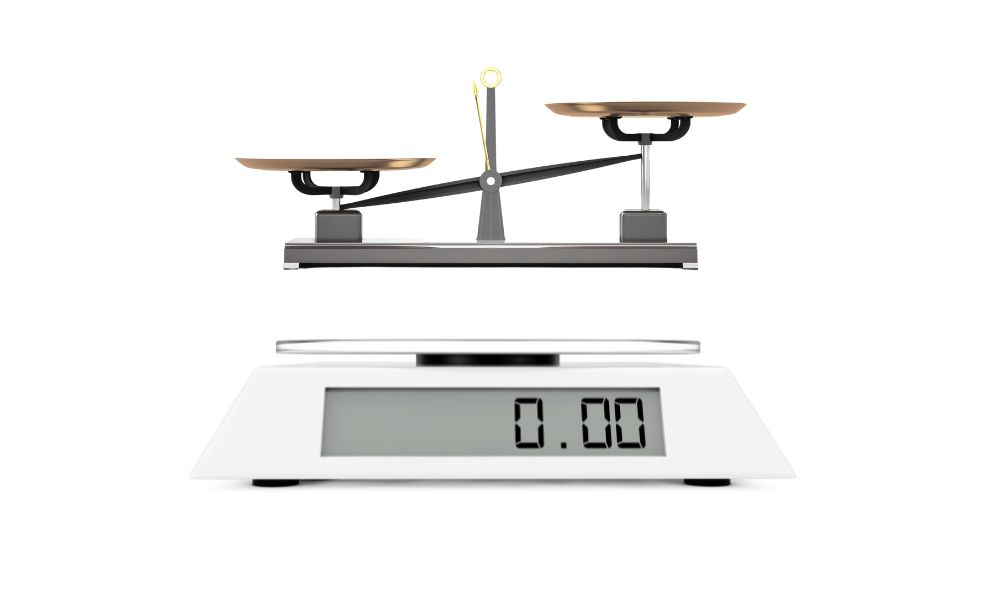
The terms “scale” and “balance” are commonly used when speaking about measurement and precision, but they have different meanings and functions. Both instruments play important roles in various fields, from laboratories to warehouses, where accurate measurements are essential.
Learning the difference between a scale and a balance will help you understand their purposes and mechanisms. Various industries rely on both to deliver accurate and consistent results, and it’s necessary to use them properly.
Scales Weight
Scales determine the weight of an object by measuring the force of gravity acting on it. They help individuals complete everyday tasks, like measuring kitchen ingredients or determining package weight, but they are mostly used in industrial settings. Industrial weight scales operate based on comparing the object’s weight to a known standard weight to ensure quality, capacity, and safety.
Scales come in various types, including spring, digital, and beam scales. Spring scales use a spring’s deformation to measure an object’s weight. Digital scales employ electronic sensors that convert the pressure on the scale’s surface into a digital weight reading. Beam scales use a lever to find equilibrium, indicating the object’s weight on one side of the lever.
Balances Equilibrate
Balances are specialized instruments used for highly accurate measurements, particularly in scientific and laboratory settings. Unlike scales that measure weight directly, balances measure mass by comparing the gravitational force acting on an object with the electromagnetic force used to counteract that force. This comparison allows for precise measurements even in environments with varying gravitational forces.
Balances work on the principle of equilibrium, where the object stays on one side of a balanced arm while calibrated weights are on the other side. The process involves adjusting the weights until both sides are in equilibrium, indicating that the object’s mass equals the sum of the calibrated weights.
Main Differences
The main difference between a scale and a balance lies in their mechanisms and application. Scales measure weight by comparing the gravitational force, making them suitable for everyday tasks and specialized processes. Balances measure mass using counteracting forces, enabling them to provide high-precision measurements that are essential in scientific research, pharmaceuticals, and quality control.
Both devices provide accuracy and precision; scales are ideal for general purposes, and precision will vary depending on the type of setting and device characteristics. Balances give results to the most minute details, making them indispensable when precision is essential.
Scales are versatile tools used for general weight measurements in different environments, while balances excel in providing precise mass measurements in laboratory and scientific settings. By understanding the differences between these two instruments, you can make informed decisions when selecting the appropriate tool for measurement, ensuring accuracy, reliability, and efficiency.
Call us today to find the right equipment for your business; professional help can supply you with the guidance and experience you need to achieve better. Choose from diverse scales to meet your needs and improve your operations.